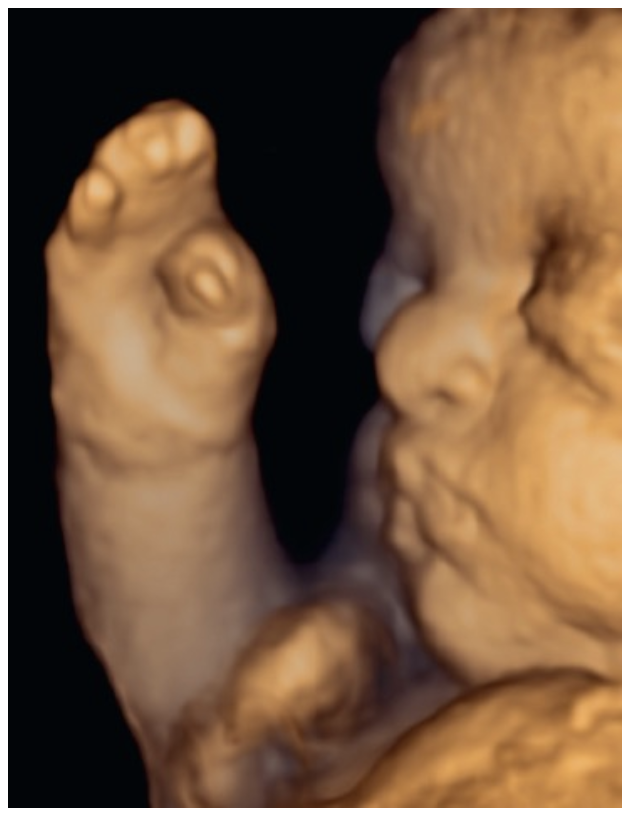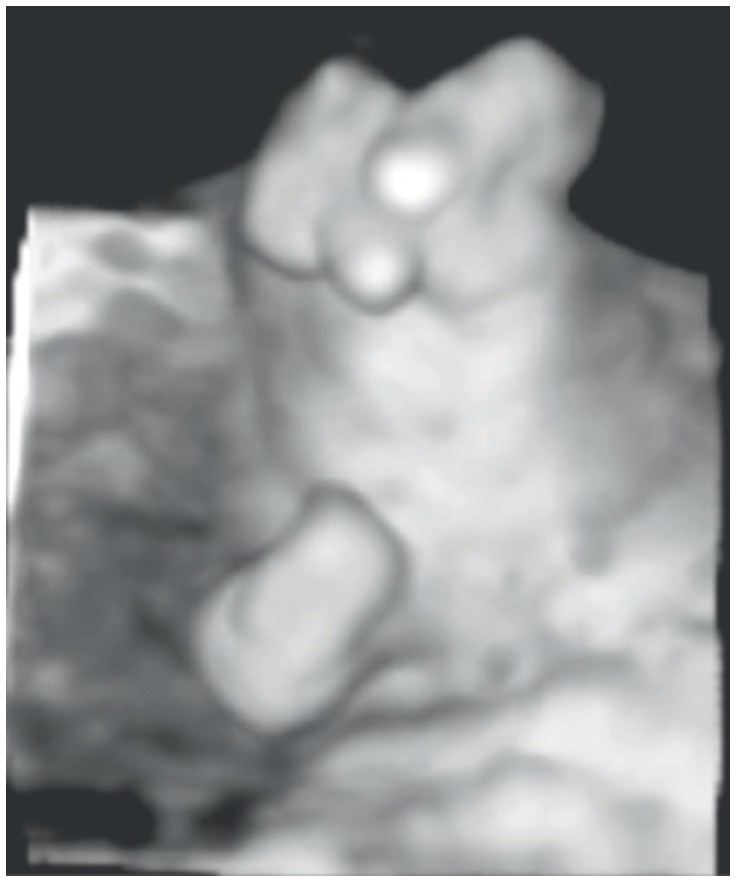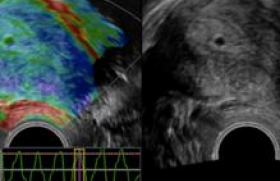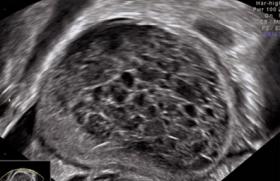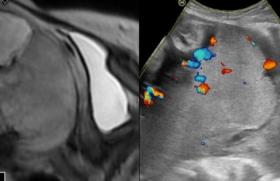Fetal imaging
From imaging to clinical diagnosis
Fetal hand structure anomalies: a sign for syndromes
Hand structure abnormalities are represented (mainly) by hexadactylies, syndactylies, and the bote hand.
Hexadactylitis
Post-axial exadactylies
Located on the cubital side of the hand, they are the most frequent, readily isolated and most often bilateral (Figures 1 and 2).
Whether they are presented as a vestigial bead or up to a finite, triphalanged finger with bone axes, their frequency is about 1/2,000 births in Europe and 1/200 in Africa.
Although rarely syndromic, these postaxial forms should suggest the possibility of trisomy 13, Meckel Gruber syndrome (which may combine encephalocele, renal cysts and hepatic cysts), orofacio-digital syndrome of type 2 (microcephaly, multilobulated language, cleft lip, palatine) or Youth Syndrome and Ellis Van Creveld’s syndrome (both of which share narrow thorax, short ribs and a prognosis dominated by respiratory function).
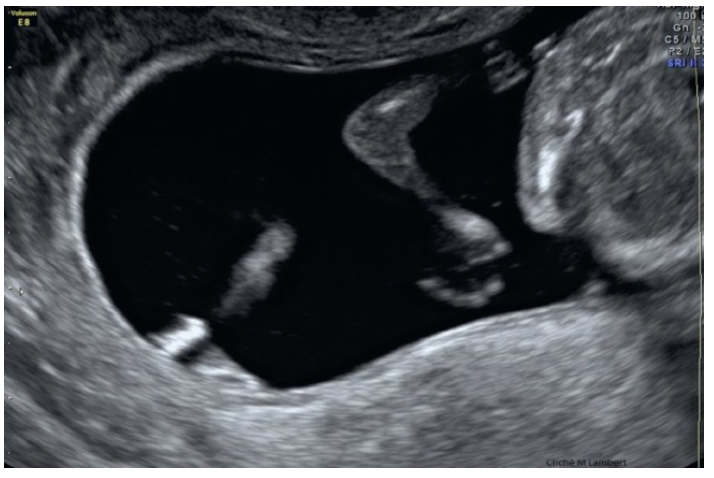
Figure 1 : Post-axial Hexadactylie at 12 SA.
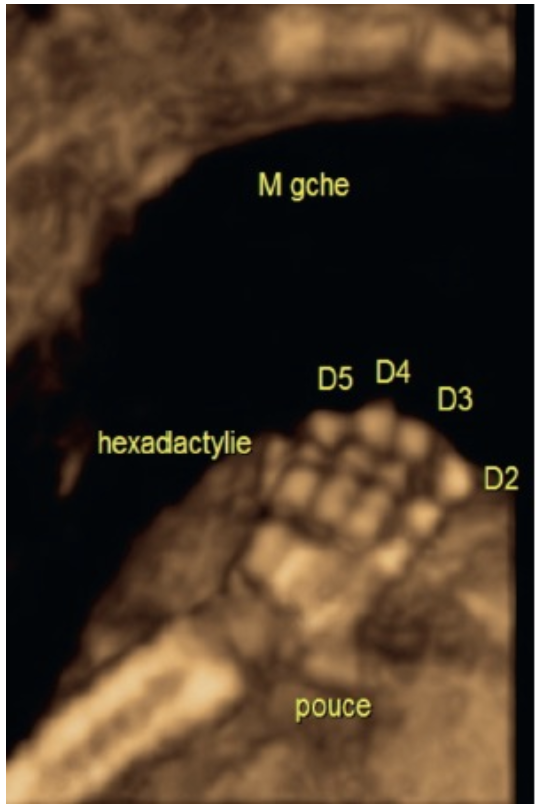
Figure 2 : Post-axial hexadactylie at 22 SA.
Pre-axial exadactylies
In contrast, preaxial hexadactylies (radial side of the hand) are unilateral in 80-90% of cases, rarer (about 1/4,000 births in France and are regularly taken into polymalformative syndromes).
Syndactyls
The syndactylies are easily diagnosed for pediatricians and require a very careful examination by the ultrasound designer who is looking for the presence of the syndactylies. Although it is relatively easy to exclude this possibility by observing the movements of the fingertips, it is difficult to affirm the adhesion of 2 fingers, especially when the process of union concerns only superficial tissues. Elsewhere, in some severe forms, such as Apert’s Syndrome (Figure 3), the diagnosis is simpler as there is a complete or almost complete fusion of fingers II to IV, typically realizing the appearance of "hand in muffle" (associated with an early fusion of coral sutures producing an appearance of "skull in turn").
Ectrodactylie
A particular form of oligodactylie, which can affect one to four extremities of limbs, ectrodactylie consists of an agenesis of the median radius of the hand and the absence of one or more fingers producing an appearance in "lobster pliers", the fingers present being most often joined by a syndactylie.
Ectrodactyly, which affects 1/90,000 births, is essentially isolated, non-syndromic, although it can be exceptionally observed in Alport syndrome (which combines renal failure and deafness).
Hand bowl
The bote hand is a deformation of the wrist with deflection of the hand in constant, abnormal bending.
With today’s ultrasound equipment and in very good technical conditions, it becomes possible to objectify a hand bote from the 1st quarter. In Figure 4, this is a 12-week radial bote hand of amenorrhea (SA) associated with cystic hygroma, which led to a diagnosis of trisomy 18 after trophoblast biopsy.
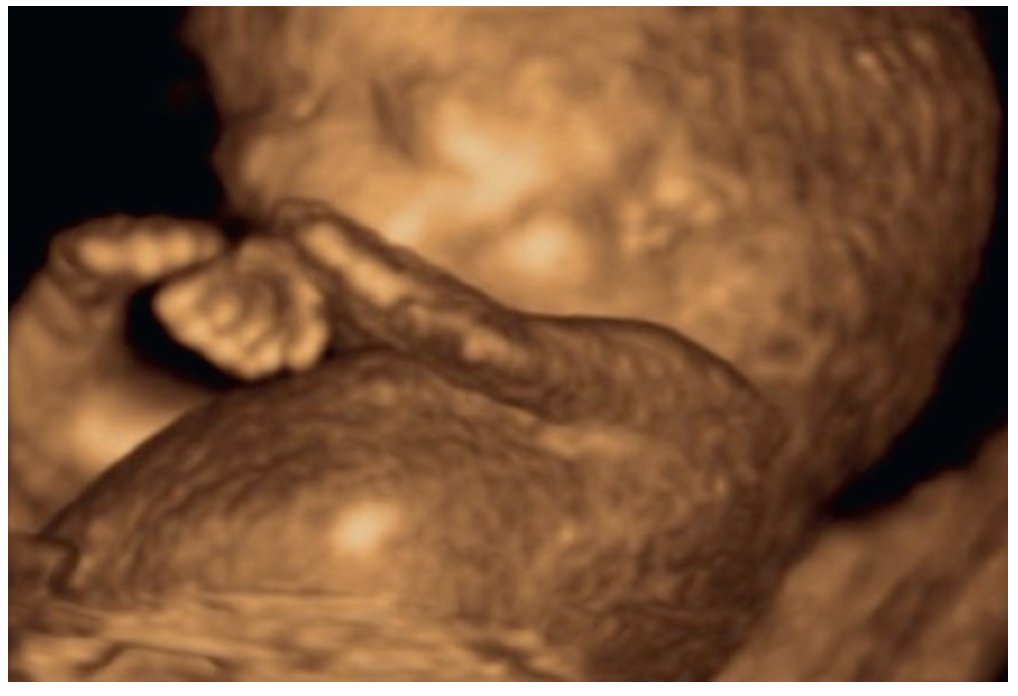
Figure 4 : Hand bote at 12 SA.
Radial bowl hand
The most common form (1/30,000 births), the radial bote hand is defined by a palm flexion of the hand with radial inclination, in relation to an aplasia or hypoplasia of the radius. It should be noted that, most often, the radial bote hand is syndromic and its observation must lead to the first reference to a trisomy 18. Then come rare syndromes such as:
- Swimming Syndrome which may include thumb abnormalities (absence or thumb triphalangia) and cranio-facial abnormalities (ptosis and lower palpebral antimongoloid slits, maxillary hypoplasia, malar and zygomatic);
- Fanconi anemia which frequently includes cardiac abnormalities: first, interauricular, then interventricular and sometimes auriculoventricular blocks;
- TAR syndrome (thrombocytopenia syndrome - radial aplasia) with high and wide foreheads, implanted micrognathy and low ears, interauricular, interventricular, Fallot tetralogy or arterial channel persistence;
- Aase-Smith syndrome type 1 with malformation Dandy Walker, hydrocephaly, palatine slit and possible cardiac malformations;
- Francheschetti syndrome with facial dysmorphy very close to that of Swimming syndrome;
- Goldenhar syndrome includes asymmetric facial hypoplasia with microphthalmia, upper eyelid coloboma, microtia and vertebral abnormalities, sometimes cardiac abnormalities, , kidney and digestive;
- Holt-Oram syndrome: abnormalities of the upper limbs, including the radial bote, are associated with cardiac abnormalities, interauricular communication, interventricular communication, and sometimes auriculo-ventricular blocks of varying degrees;
- VACTERL syndrome (vertebral defect, anal rainfall, cardiac abnormalities, tracheo-esophageal fistula, esophageal atry, abnormalities, kidneys, abnormalities of limbs).
Cubic bowl hand
It is three times less frequent (1/100,000 births) than the radial form. This is a lateral flexion with a cubital inclination of the hand in relation to a aplasia or hypoplasia of the cubitus, it is, in contrast to the radial bote hand, most often isolated.
But in some cases, the cubital bote hand is part of a rare syndrome such as Cornelia de Lange (Figure 5) or Schenzel syndrome (malformation of the bone pelvis, femur, peroné and cubitus).
Articles on the same theme
- 1 of 5
- >




